March 11, 2011
![]()
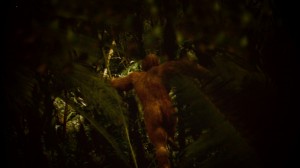
Loren Coleman Reviews “Beast Hunter”
Look, Pat Spain is no Josh Gates, and “Beast Hunter” is not “Destination Truth.” Frankly, I find that encouraging.
Gates is an entertainer, a likable actor with a good personality, who has been turned into the host of a program that deals with topics ranging from cryptids to ghosts, from spirit animals to haunts. There is nothing routinely cryptozoological about “Destination Truth,” actually, although I don’t hold that against it or Gates. But one should not fool yourself into thinking that DT is pure cryptozoology.
On the other hand, “Beast Hunter” is exactly that. It is hosted by a biologist and cryptozoologist, Pat Spain, who is an everyman, an ordinary cryptozoologist who has been thrust into the limelight on this program because of his interest in tracking unknown animals. There’s a lot to like about Spain and the approach this program has taken.
For example, if you examine the structure of “Beast Hunter,” at least from the two first programs I was able to watch on the opening night, the unfolding of the episodes follows how investigations actually occur.

Photo Credit: © Icon Films
First, one must obtain a little orientation and education about the cryptids from others who have searched for them and the locals who have lived with the cryptids. Spain’s “Beast Hunter” goes about showing this rather matter-of-factly, but on a human level unlike that ever shown on “MonsterQuest” and “Destination Truth.”
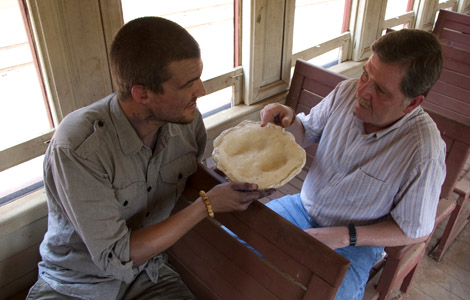
Pat Spain asks David Oren about the footprint of a Mapinguari. Photo Credit: © Icon Films
Spain demonstrates a respect for those elder researchers who have come before him. In the programs I viewed, this was shown through casual interviews with Debbie Martyr and Jeremy Holden (about Orang Pendek) and with David Oren (about Mapinguari). Spain appears to be sincerely attentive to what they are telling him, asking intelligent questions, and letting the senior cryptozoologists share some of their insights. It comes across well. I enjoy those parts of the program.

Spain and Holden explore Sumatra in search of Orang Pendek lore. Photo Credit: © Icon Films
Spain nicely gives the audience a touchstone individual with whom they can identify. He shines a light on little practical items that field cryptozoologists use to assist with their interviews of local people, like his employment of the hair chart to ask the villagers what was the color of the Orang Pendek they observed.

Pat Spain’s humanity is rather apparent in this series. It is great to see a host that is more than robotic or comedic standup artist, and instead rather real.

Photo Credit: © Icon Films
This comes across most vividly and dramatically in the scenes in “Beast Hunter” where Spain’s emotions are viewed brutally and seemingly with little editing, acting, or modification. When Spain screams with pain as the bullet ants bite his hands, when he is shivering with cold from the boat ride across the water to reach the jungle, and when he is caught up in the tangle of trying to get through the bush, frustrated, upset, and so very on the edge, we feel for Pat Spain, the seeker, the hunter, the guy just like us.


Photo Credit: © Icon Films
When Spain cries as he thrusts his hands in the cold water for pain relief or says, “This is why no one comes out here,” as he is shaking under the chilly dampness of his ordeal, we feel for this person who is out there taking our place, trying to find the Orang Pendek or Mapinguari. There is nothing funny about it. In these moments of raw reality, Spain conveys so much more than any headset camera bouncing down a path in the jungle, shown in green lighting on other programs. NatGeo certainly captures the right mood on this one, and they are to be congratulated for the design of this adventure.
Also, there is no teasing that Pat Spain “might” find something by the end of the program. He’s out there, yes, and he’s looking, but there’s no melodramatic illusion that he’s going to come up with answers, explanations, or a surprise cryptid image at the end of the show.
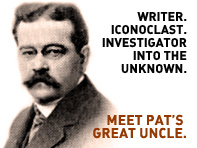
Pat Spain’s great uncle Charles Fort appears to have influenced how Spain goes about his research.
Spain is gathering data, and that’s enough. We are along for his journey, but there is no repeating of segments, no juvenile reminders of what we’ve already seen over and over, and no trickery that something shocking is going to be exposed or found by the end of the hour.
In the first episode, Spain does a superb job of getting to the bottom of the Orang Pendek mystery, and NatGeo’s photography, combined with graphics of this small hominoid, is excellent. In an exclusive, the program has shared with Cryptomundo this first publication of some visuals showing their renderings of Orang Pendek:
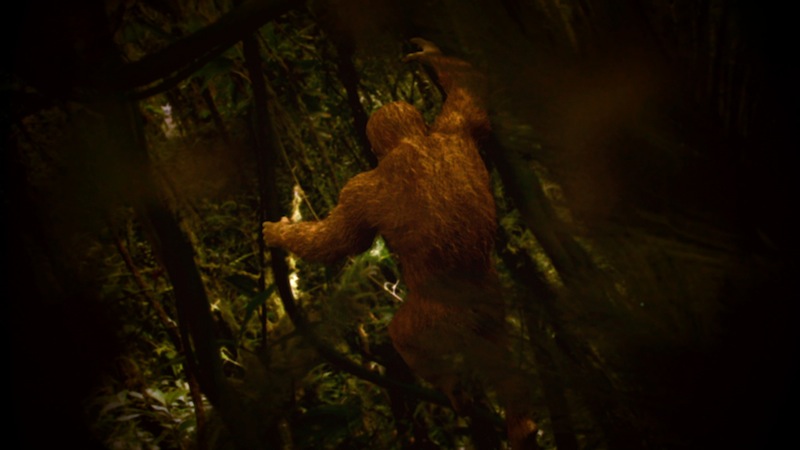
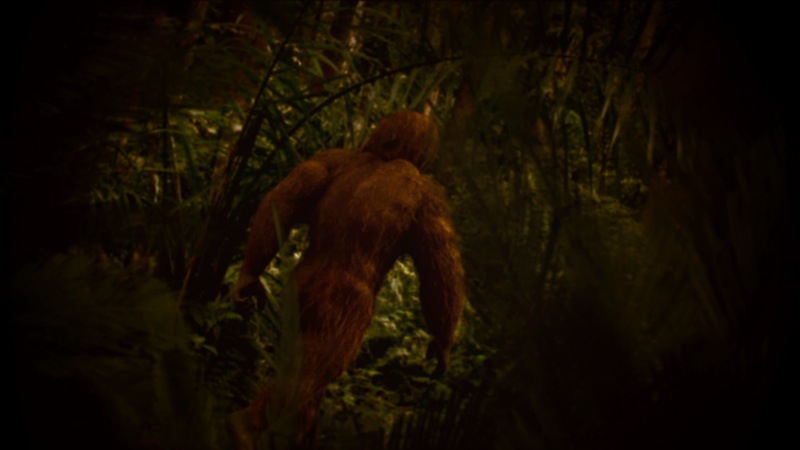
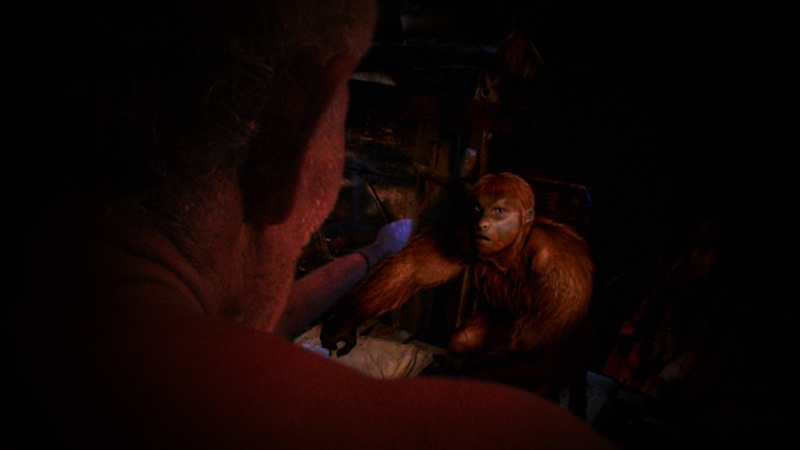
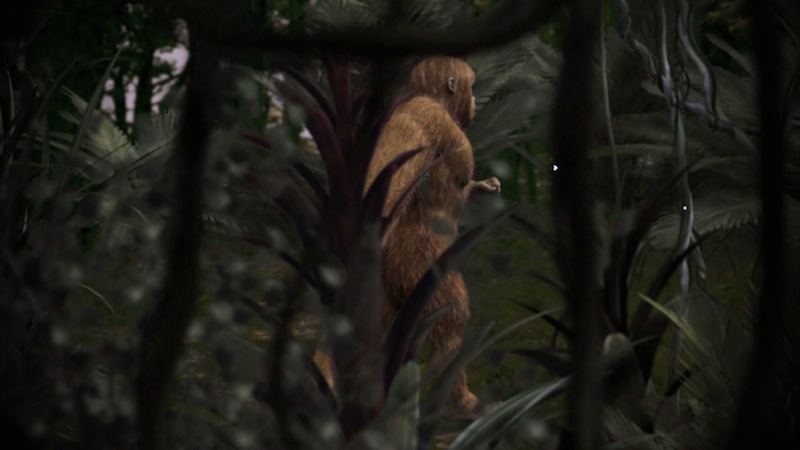

All Photos Credit: © Icon Films
The series promises to have other future episodes that will deliver programs as well-done as the first two on Orang Pendek and Mapinguari, including ones on Mokele-Mbembe,
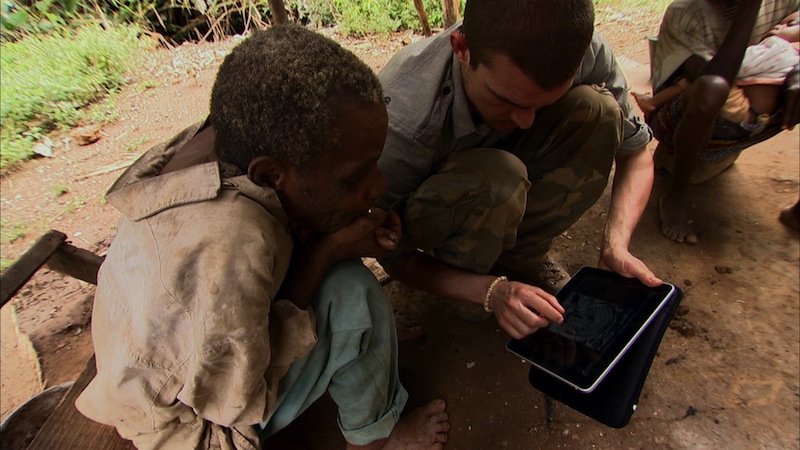
Photo Credit: © Icon Films
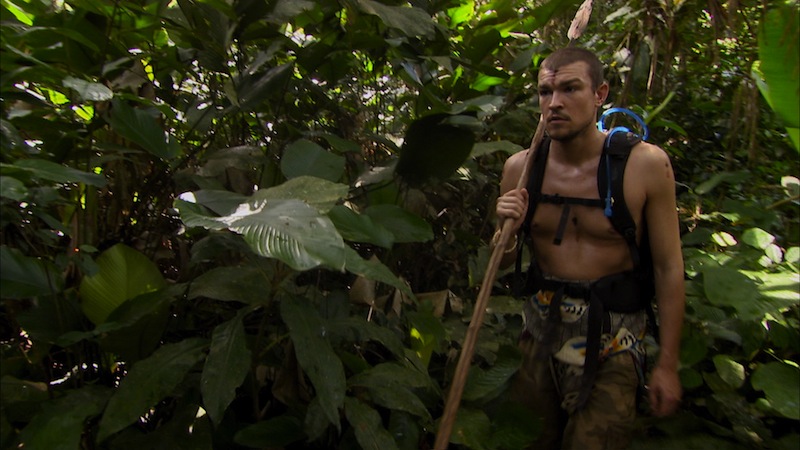
Photo Credit: © Icon Films
Sea Serpents,
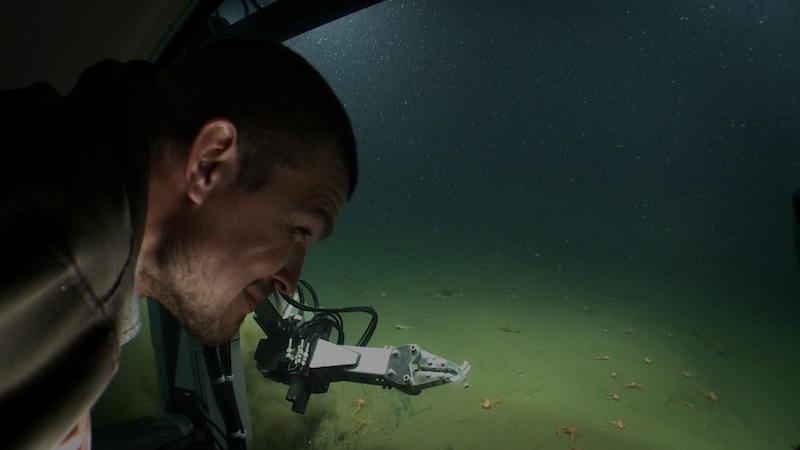
Photo Credit: © Icon Films
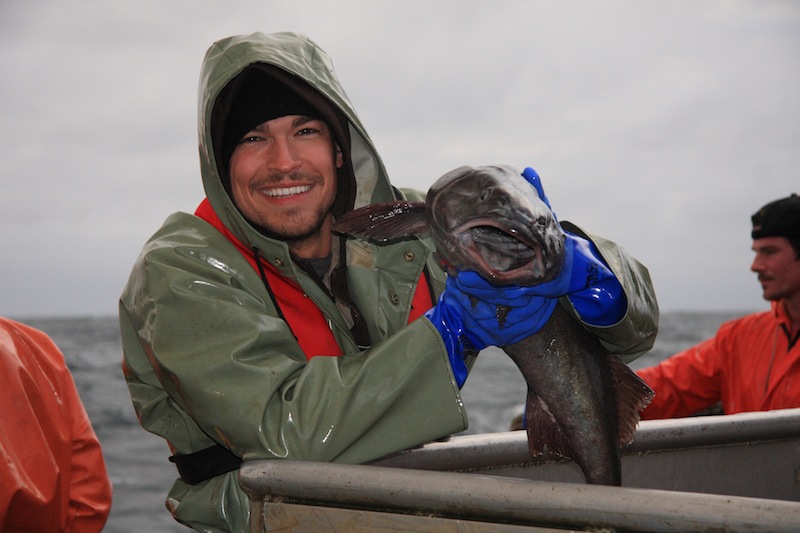
Photo Credit: © Icon Films
and the Mongolian Death Worm.
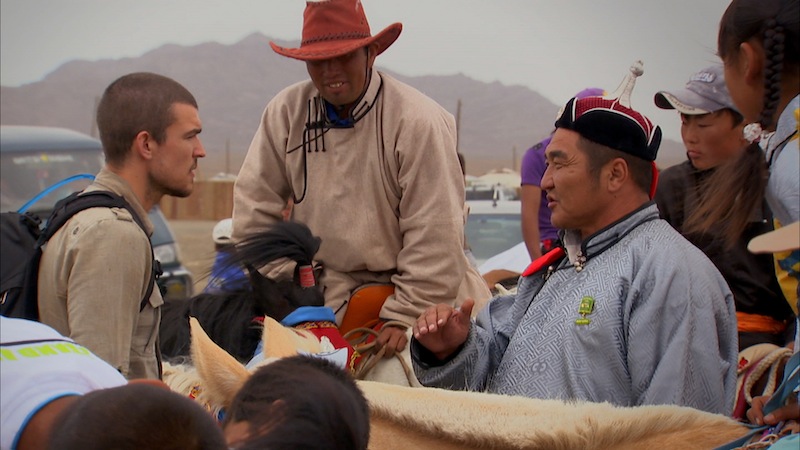
Photo Credit: © Icon Films
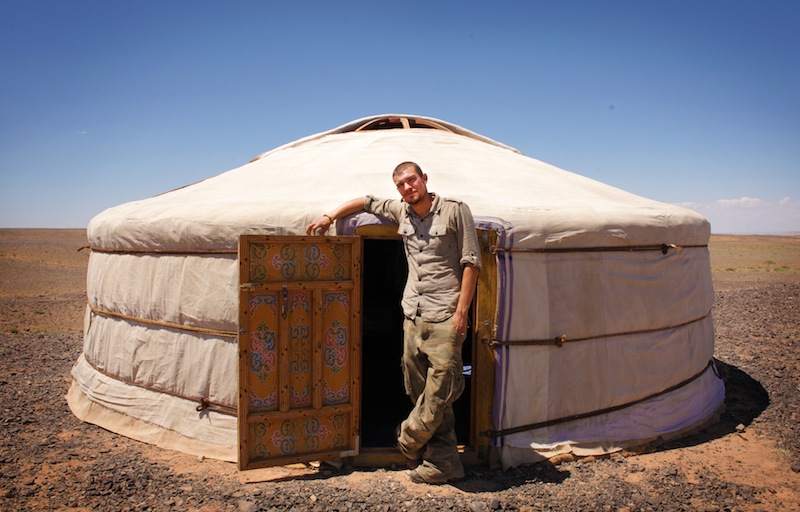
Photo Credit: © Icon Films
This is cryptozoology, pure and simple. Some unknown living things, as Ivan T. Sanderson use to say, are out there, and Pat Spain is sharing with us a little bit about these cryptids. Nothing more, nothing less. There’s no demeaning lecturing, debunking endings, or true believer preaching. The tone is clean, and I appreciate that from “Beast Hunters.”
Bring on more programming like “Beast Hunters,” please.
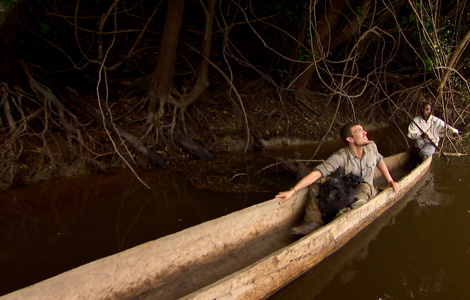
Photo Credit: © Icon Films
Continue the trek. On Friday, March 11, 2011, National Geographic’s “Beast Hunter” broadcasts Pat Spain’s trek to Africa, in search of more information on Mokele-Mbembe.

All photographs used (except the hair chart) are thanks to the kind permission of National Geographic and Icon Films. Please note the use and copyright as per “Photo Credit: © Icon Films.” My sincere appreciation for assistance from Minjae Ormes of NatGeo and Pat Spain of “Beast Hunter.”
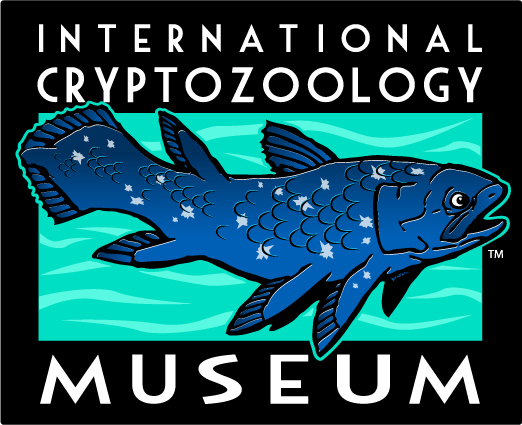
Loren Coleman is the director of the International Cryptozoology Museum, Portland, Maine, having been involved in cryptozoology ~ in the field, via his publications, and through media consultations ~ since March 1960. He is the author of over 35 books. He taught documentary film, anthropology, and other topics at the university-level for over 20 years.
About Loren Coleman
Loren Coleman is one of the world’s leading cryptozoologists, some say “the” leading living cryptozoologist. Certainly, he is acknowledged as the current living American researcher and writer who has most popularized cryptozoology in the late 20th and early 21st centuries.
Starting his fieldwork and investigations in 1960, after traveling and trekking extensively in pursuit of cryptozoological mysteries, Coleman began writing to share his experiences in 1969. An honorary member of Ivan T. Sanderson’s Society for the Investigation of the Unexplained in the 1970s, Coleman has been bestowed with similar honorary memberships of the North Idaho College Cryptozoology Club in 1983, and in subsequent years, that of the British Columbia Scientific Cryptozoology Club, CryptoSafari International, and other international organizations. He was also a Life Member and Benefactor of the International Society of Cryptozoology (now-defunct).
Loren Coleman’s daily blog, as a member of the Cryptomundo Team, served as an ongoing avenue of communication for the ever-growing body of cryptozoo news from 2005 through 2013. He returned as an infrequent contributor beginning Halloween week of 2015.
Coleman is the founder in 2003, and current director of the International Cryptozoology Museum in Portland, Maine.
Filed under Beast Hunter, Cryptomundo Exclusive, Cryptotourism, CryptoZoo News, Cryptozoologists, Cryptozoology, Destination Truth, Giant Cryptid Reptiles, Living Dinosaurs, Mapinguary, Men in Cryptozoology, Mokele-Mbembe, MonsterQuest, Orang Pendek, Pop Culture, Reviews, Television